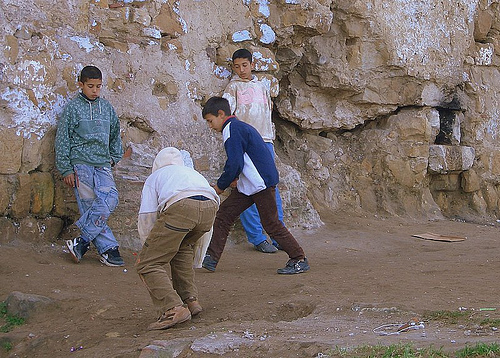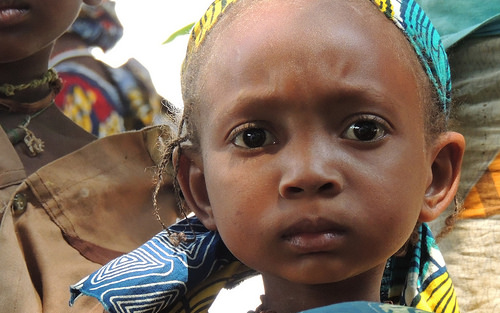Can Education Help Prevent Further Ethnic Conflict in Kyrgyzstan?
In June 2010, conflict between the Kyrgyz and Uzbek ethnic groups left more than four people dead in southern Kyrgyzstan. The two groups had lived alongside one another peacefully for years; however, recent years have seen an increase in political and economic disagreements. Much of this may be attributed to the current climate in Kyrgyzstan. Communities, families, and tradition have all started to break down, leaving people feeling pessimistic and depressed. Furthermore, citizens have become less trusting of each other and the government. Language also showed itself to be an area of discontent, as the Uzbek language appears less and less in the schools and media.
This has all resulted in an increase in bullying, segregation, and gang activity. In order to help combat these and other negative trends, organizations hope to engage youth, particularly through education. The Education Initiatives Foundation and the Open Society Foundation have partnered to launch a project called “School is Center of Consolidation of Society.” As part of the pilot program, the project’s network of schools hopes to build relationships with local authorities in order to better address the problems facing the communities. Centerpiece to the program is an emphasis on community and the value of living in a multicultural society. By immersing students in a positive and diverse environment and working to address the existing community problems, the project hopes to avoid further conflict in the area so as to never repeat the tragedies of previous years.
Creative Commons Love: NonviolentPeaceforce.org on Flickr.com
Written by Amy Sevegny










